by Ashley Carter
Share
Laboratory staffing shortages represent one of the most pressing challenges facing the analytical testing industry today. These shortages span across numerous sectors, including advanced materials testing, food and beverage analysis, automotive quality control, and environmental monitoring laboratories. The impact of these staffing constraints extends far beyond simple operational inconvenience, creating significant challenges in maintaining productivity, ensuring consistent quality, and meeting regulatory compliance requirements.
As laboratories grapple with increasing testing demands and complex regulatory requirements, the pressure to maintain high standards with limited human resources has never been greater. Laboratory Information Management Systems (LIMS) have emerged as a transformative solution, offering laboratories the tools they need to optimize operations, automate routine tasks, and maintain excellence even with reduced staffing levels.
Aging Workforce and Knowledge Transfer
The laboratory sector is experiencing a significant demographic transition as experienced professionals approach retirement age. This shift threatens to create a knowledge vacuum that could impact laboratory operations for years to come. LIMS helps organizations address this challenge by:
- Creating a digital repository of institutional knowledge through detailed method documentation and workflow protocols
- Maintaining comprehensive audit trails that capture decision-making processes and methodological nuances
- Providing structured workflows that embed expert knowledge into day-to-day operations
- Establishing a searchable database of historical data
- Facilitating knowledge transfer through standardized procedures and automated training protocols
- Preserving complex analytical methods and validation procedures in a systematic, accessible format
Recruitment and Retention Challenges
Modern laboratories face increasing difficulty in attracting and retaining qualified personnel in a competitive job market. LIMS helps make laboratory positions more appealing and sustainable by:
- Eliminating repetitive manual tasks that often lead to employee burnout
- Providing intuitive, modern interfaces that align with contemporary workplace expectations
- Offering clear visual representations of workflows and responsibilities
- Enabling flexible work arrangements through secure remote access capabilities
- Supporting work-life balance by improving efficiency and reducing overtime requirements
- Facilitating career advancement through specialized LIMS expertise
Managing Increased Testing Demands
Laboratories face growing pressure to increase throughput while maintaining quality standards. LIMS helps organizations scale their operations efficiently by:
- Streamlining sample reception and login processes through automated systems
- Managing complex testing workflows across multiple departments
- Coordinating instrument maintenance and calibration schedules
- Automating quality control checks and data verification procedures
- Facilitating efficient resource allocation and workload distribution
- Providing real-time visibility into laboratory operations and bottlenecks
Leveraging LIMS Technology and Automation
LIMS serves as the cornerstone of laboratory automation strategy, offering comprehensive solutions for routine operations:
Sample Management Automation
- End-to-end sample tracking from receipt to disposal
- Automated storage location management and retrieval
- Integration with other laboratory and production systems
- Electronic chain of custody documentation
- Sample stability monitoring and expiration tracking
- Automated sample preparation scheduling and documentation
- Integration with environmental monitoring systems
Data Management Automation
- Seamless instrument integration and data acquisition
- Automated data validation and verification protocols
- Real-time monitoring of analytical processes
- Automated quality control chart generation and monitoring
- Integration with enterprise resource planning systems
- Automated data backup and archival procedures
- Comprehensive audit trail maintenance
Reporting Automation
- Customizable report generation and distribution
- Automated customer notification systems
- Scheduled compliance report generation
- Electronic signature workflow management
- Automated trend analysis and visualization
- Automated invoicing and billing processes
Implementation Benefits of a LIMS
LIMS implementation delivers substantial operational improvements through:
- Dramatic reduction in manual data handling requirements
- Significant decrease in transcription errors and data integrity issues
- Improved sample throughput and resource utilization
- Accelerated training processes for new employees
- Enhanced regulatory compliance and audit readiness
- Improved customer satisfaction through faster turnaround times
- Better resource allocation and capacity planning
Conclusion
The implementation of LIMS represents a strategic response to laboratory staffing shortages and other challenges, offering comprehensive solutions that enhance efficiency and maintain quality. Through automation, standardization, and intelligent workflow management, LIMS enables laboratories to optimize their operations and make the most effective use of available human resources.
Wavefront Software LIMS specifically addresses these challenges through its intuitive interface, comprehensive automation capabilities, and flexible configuration options. By implementing Wavefront LIMS, laboratories can:
- Automate routine tasks and workflows to reduce manual labor requirements
- Standardize procedures across all laboratory operations
- Enable remote work capabilities for data review and approval
- Support comprehensive training and development programs
- Maintain compliance and quality standards with reduced staff
- Scale operations efficiently as testing demands increase
To learn how Wavefront LIMS can help address your laboratory’s staffing challenges, schedule a personalized demo today. Our team will show you how our configurable LIMS solution can streamline your operations, support your existing staff, and help your laboratory thrive despite staffing constraints. Contact us at wavefrontsoftware.com to see firsthand how our LIMS can transform your laboratory operations and create a more efficient, sustainable workplace for your team.
STAY IN THE LOOP
Subscribe to our Free Content
Learning about LIMS is a monthly article series where Wavefront shares questions that have come up throughout our interactions with a range of individuals and customers. We do our best to provide information about each topic to help people learn more about LIMS.
Sign up here to be added to our mailing list and receive these articles directly in your inbox.
In today's rapidly evolving laboratory environment, effective data management has become increasingly crucial for maintaining operational excellence and competitive advantage. Modern laboratories generate an unprecedented variety of data types, each requiring specific handling protocols and storage considerations. A robust Laboratory Information Management System (LIMS) serves as the cornerstone of efficient laboratory operations, providing comprehensive solutions for data complexity, regulatory compliance, and long-term data integrity while ensuring seamless workflow integration.
In an era of increasing complexity and rising performance expectations, laboratories must do more with less. Discover how a Laboratory Information Management System (LIMS) can transform operational challenges into competitive advantages, turning your lab from a cost center into a strategic asset.
In an increasingly competitive and regulated laboratory environment, implementing a robust Sample Management Software solution is essential for driving operational excellence. A comprehensive Laboratory Information Management System (LIMS) streamlines sample tracking, enhances data integrity, facilitates compliance adherence, and unlocks powerful analytics for continuous improvement. Discover how to harness the transformative potential of LIMS to position your laboratory for long-term success.
Efficiently logging work into a Laboratory Information Management System (LIMS) can greatly enhance lab operations by automating routine tasks, minimizing errors, and ensuring compliance with testing standards. In this article, we explore how features like automated sampling plans, pre-configured templates, and real-time traceability help laboratories streamline their workflows, meet regulatory requirements, and improve productivity. Discover how logging work into LIMS can transform your lab’s performance and keep you competitive.





